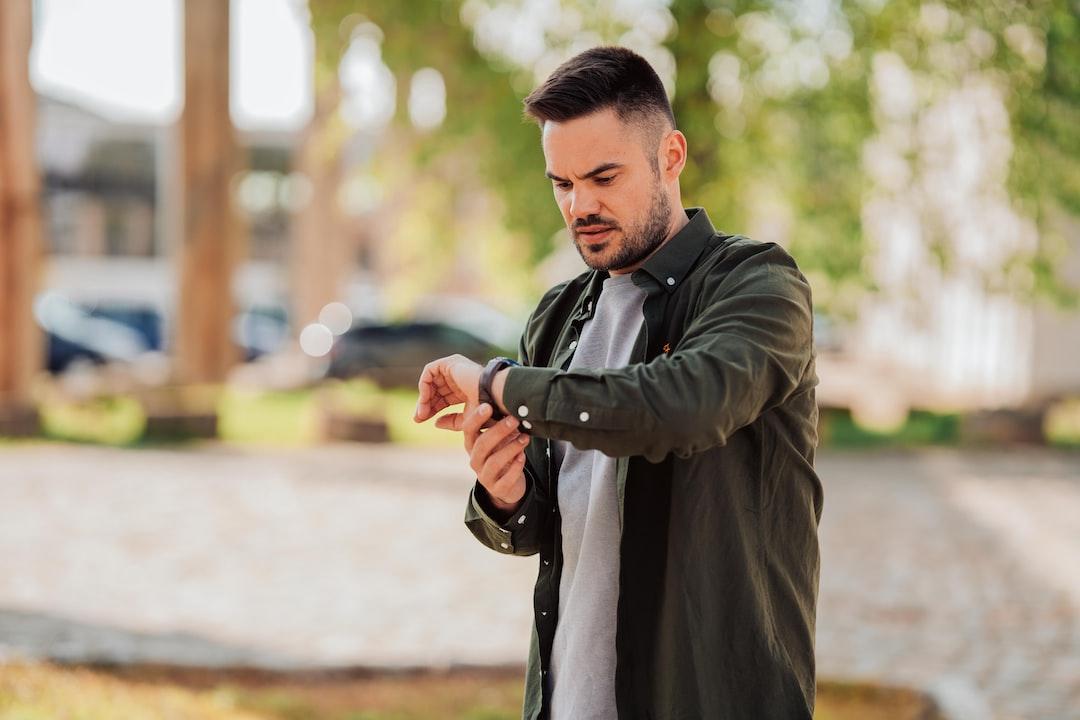Bitcoin core developer Luke Dashjr and Ordinals founder Casey have debated whether the upgrade of Bitcoin’s functionality can enhance the functionality of runes and inscriptions.
Expanding Bitcoin’s functionality gained more attention in the market after Casey Rodarmor introduced Ordinals in January last year, and it has also led to the development of new projects such as BRC20, Runes, and many Bitcoin L2.
Recently, the OP_CAT code, which is expected to introduce smart contracts to Bitcoin, is also predicted by experts to have a high probability of passing, which is expected to further enhance the programmability of Bitcoin.
Improvements to Bitcoin’s technology will also enhance runes and inscriptions.
Against this background, Casey expressed on X today that runes and inscriptions, like Bitcoin, can be programmed, and improving Bitcoin’s functionality will also enhance the functionality of runes and inscriptions. Casey enumerated several examples:
OP_CHECKTEMPLATEVERIFY (OP_CTV): It can be used to organize open minting, placing the runes in a tree structure that expands into UTXOs containing runes, and transactions will only be included in blocks when the runes are actually obtained, preventing transaction fees from being paid without obtaining the runes.
SIGHASH_GROUP: This feature allows flexible use of signatures to manage combinations of multiple inputs and outputs. For example, different quantities of runes can be sold from a UTXO without the need to split the UTXO. This also makes it easier to upload runes to the Lightning Network.
Standardized Taproot signature appendix: In the past, when initiating an inscription transaction, it needed to be completed in two steps. First, a commitment transaction was made to pre-mark the data, and then a reveal transaction was made to actually write the data to the blockchain. However, after standardizing the Taproot signature appendix, the inscription can be completed in a single transaction.
In short, these improvements proposed by Casey are aimed at making inscription and rune transactions simpler, more efficient, and improving the user experience.
Luke Dashjr disagrees
However, Bitcoin Core developer Luke Dashjr, who previously criticized BRC-20 and Ordinals for bringing “junk data” to the Bitcoin mainnet, disagrees. He stated:
The concept of Ordinals is to mark them as unique in the smallest unit of Bitcoin, Satoshi, which makes them no longer interchangeable, thus violating Bitcoin’s “interchangeable” characteristic and being incompatible with the L2 solution. The inscriptions are based on Ordinals, so they are also subject to the same restrictions and problems.
In short, while Casey claims that the operability of Bitcoin can extend to runes and inscriptions in the future, core developer Dashjr believes that runes and inscriptions have already undermined the interchangeability of Bitcoin, and therefore he does not believe that these technological advancements can truly enhance inscriptions.

Related reports
DID|MicroStrategy launches decentralized identity protocol MicroStrategy Orange, based on Bitcoin Ordinals protocol
Casey’s bold claims fell through》Bitcoin runes online for a full month, with a market value of less than 1 billion yuan: announced date of ritual suicide..
Rune race outbreak! DOG breaks 0.008 to reach a new high, what other potential benefits does Bitcoin Runes have?


